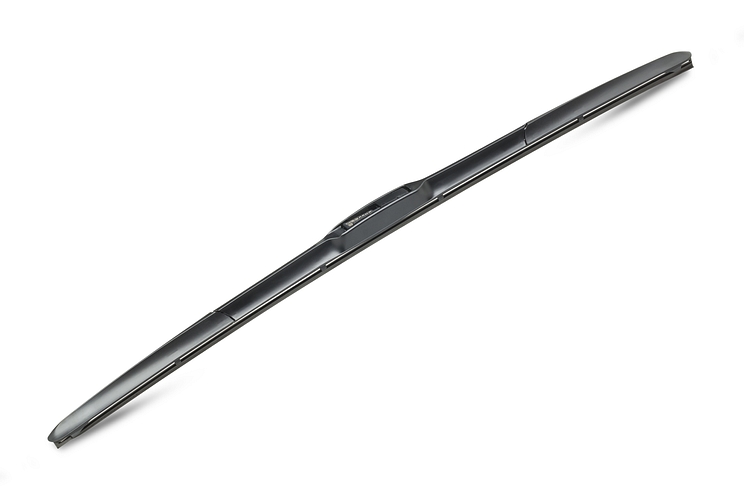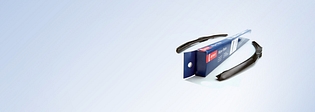By combining the superior wiping performance of conventional blades with the style and aerodynamic qualities of flat blades, our hybrid wiper blades represent the pinnacle of high-speed wiper blade technology. Designed to perform in extreme weather conditions, the stiff, integrated structure means our hybrids can perform better for longer. As well as holding to the surface of the windscreen more effectively, our hybrid wiper blades’ advanced design makes them highly resistant to the elements, dust and dirt, without compromising on appearance.
A fully covered, stylish matt black body and low-profile form factor makes our hybrid wiper blades unobtrusive, aerodynamic, and quiet. Plus, they’re easy to attach to the wiper arm with an integrated standard U-hook fixing system. Available in a range of lengths and with 21 part numbers in the range, DENSO’s hybrid wiper blades are the product of choice for car makers and aftermarket businesses worldwide.























































